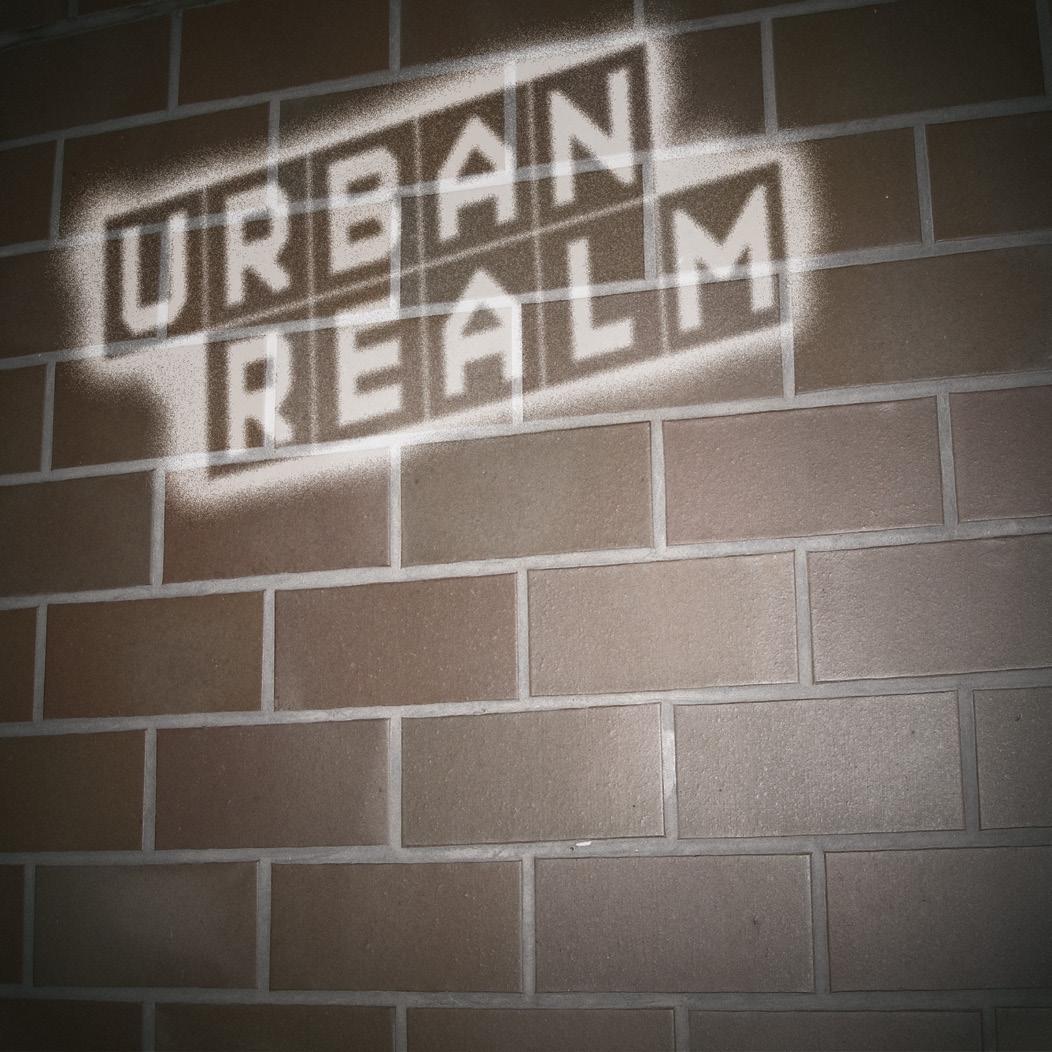54
GRAPHIC COMMUNICATION
V I SUAL
ART
THE JOURNEY FROM PLANNING TO CONSTRUCTION IS OFTEN DEFINED BY COMPROMISES BUT WHAT HAPPENS WHEN THOSE LIMITATIONS ARE STRIPPED AWAY? IN A WORLD WHERE PHOTOSHOPPING HAS BECOME AN ADJECTIVE URBAN REALM SPEAKS TO ARTISTS ON THE FRONTLINE BETWEEN REALISM AND IDEALISM TO ESTABLISH WHERE THE BOUNDARY SHOULD LIE. A quiet revolution is underway in how architecture is presented to clients and public that goes beyond depictions of an unrealised future and raise important considerations around style and substance here in the present. As visualisations become the conduit between the profession and the public, do these images describe what’s being delivered more precisely than words or are visualisations simply not honest enough? To get to the bottom of this Urban Realm spoke to Grant Watson, director ar Touch3d Media and asked whether visualisation can mislead? “Absolutely. Sometimes visuals can be over-embellished and the artist and designer/architect can push things too far to mislead people on the impact a building might have on a certain area, or make everything look unrealistically utopian. I guess it depends on the aim of the visualisation, but I’d say successful visualisations aren’t just pretty pictures, they show an accurate and truthful representation of how something will look, and I think it’s ok to show that in its best potential light.” Offering a different perspective Andy Pennington, founder of Float Digital said: “People have been critical of the role of visualisation, implying it’s been used to mislead people in certain circumstances. I don’t disagree that some visualisation can misrepresent what a final design looks like and it can be done deliberately but there is a danger in tarring all visualisation with the same brush. You have a snapshot of a process and you can’t tell how much difficulty the design went through, you don’t know what budget discussions were involved. There are a lot of reasons why a visual might be different from the result. If I was a betting man I’d bet on the result probably being different to URBAN REALM AUTUMN 2021 URBANREALM.COM
what the architect wanted. Visualisation is a storytelling process and humans have a long culture of storytelling. It’s part of who we are and visualisation is a modern embodiment of that. It doesn’t mean you’re dishonest, you’re sparking peoples imagination about what is possible. Without sounding too cheesy that’s how we change the world, it’s a manifestation of our thoughts and imaginations.” Do the competing demands of authenticity and marketing present a contradiction and how do you strike the balance between realism and idealism? “Good visualisation has a lot in common with photography in that the camera doesn’t lie, but you can persuade, refine and enhance images. I don’t think there’s an issue with that,” says Grant. “Good visualisation should be taking the design and showing the product in its best light and make it attractive to the clients.” One issue affecting the industry is their dismissal as skilled mimics, reproducing the work of others rather than displaying genuine creativity. Is there any truth to this? “Like any niche service, there can be a lack of understanding from clients (and probably transparency from us too) of the process involved. “...we have clients asking us to ‘just fudge it’ with Photoshop when they want certain items added in or moved around last minute, without realising the intricate process we have gone through to arrive at the finished image. Then there are the people who say ‘that’s not a visualisation, that’s a photograph’, which I’ll take as a nod of respect.” At the heart of how visualisations are perceived is the >





